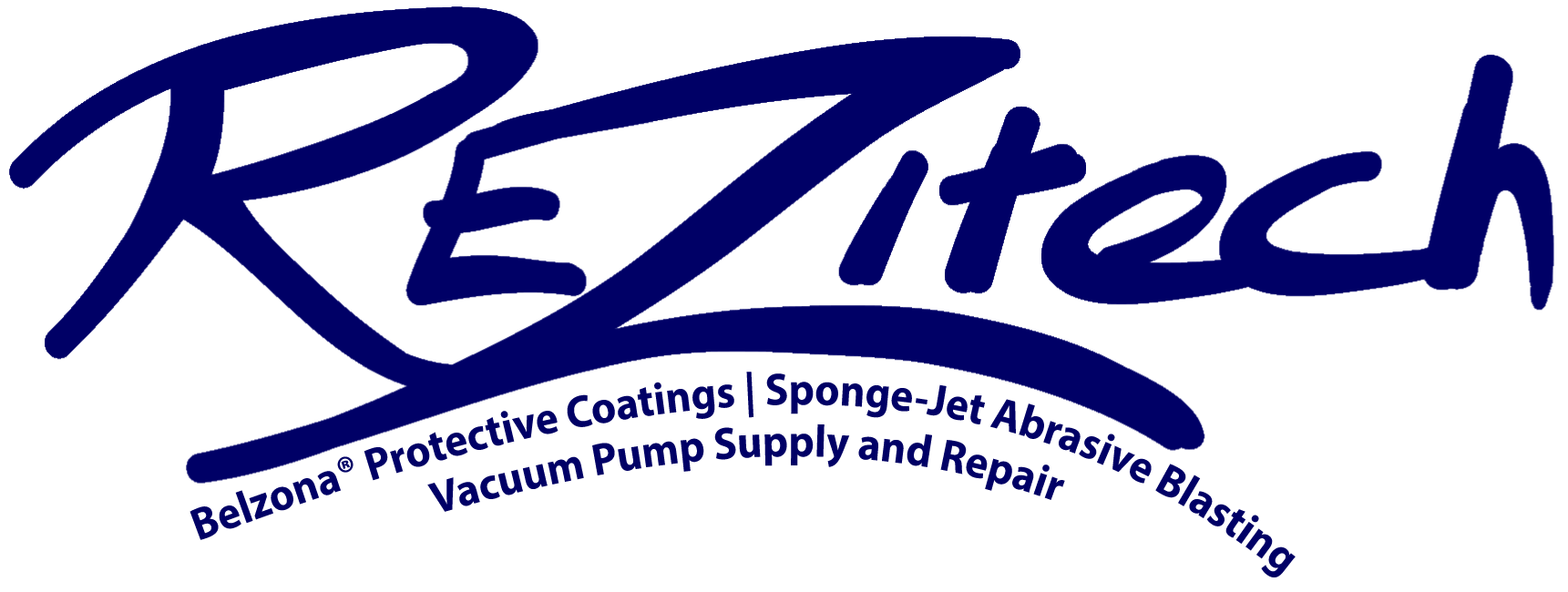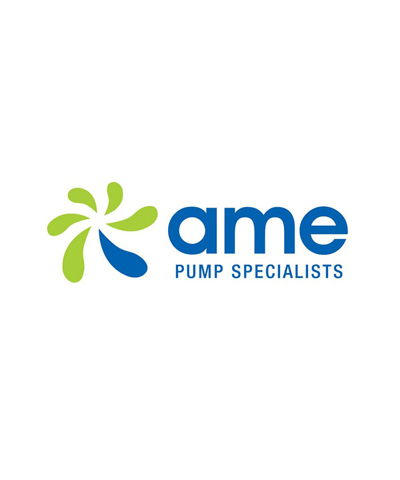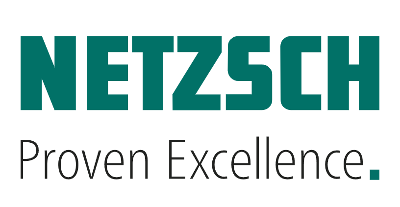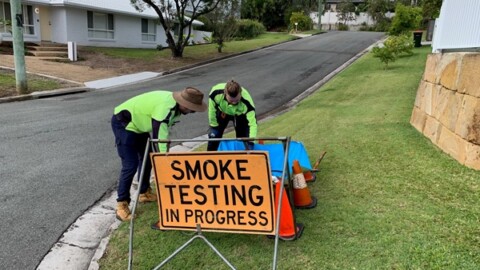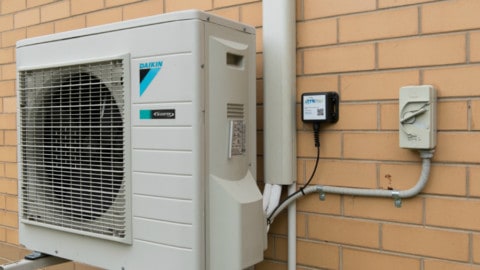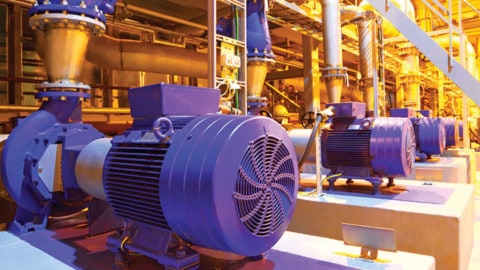Fatbergs and sewer blockages are problems faced by wastewater utilities around Australia, and globally. Not only are they time consuming and costly to remove, but they can also clog pipelines, and block and damage pump equipment. Here, we look at how incorporating digitalisation into deragging technology is a key weapon to predict, prevent and eradicate issues from occurring.
Non-degradable materials entering sewer networks has become an ever increasing problem. Many of these issues can be largely attributed to wet wipes – which do not readily disintegrate when flushed down the toilet – but also other materials such as feminine hygiene products and substances like fat, oil and grease (FOG).
Together these materials and substances act as knitting agents with other items that make their way into the sewerage system that don’t deteriorate, or don’t deteriorate quickly. When this happens, they form rag balls which can then form into fatbergs if not removed from the system.
Rag balls and fatbergs are a concern to wastewater utilities as not are they expensive and time consuming to remove, but they clog pipelines, as well as block pumps and cause excessing wear to the pump equipment, which can lead to system failures.
The risk of this increases during storm events as old sewerage infrastructure is vulnerable to chokepoints forming as stormwater enters the system. When this happens any non-flushable materials and substances, rag balls and the beginnings of fatbergs can get flushed into the pumps.
Not only can this cause pump failure when they’re most needed or equipment damage, there is also an environmental risk if the sewerage system overflows and the associated costly cleanup. The problem is that by the time utilities are aware a fatberg has formed, often a severe blockage has already occurred.
Waging war against fatbergs: what utilities have done to prevent them
In 2022, Standards Australia announced a world-first labelling standard to define what shouldn’t be flushed down the toilet, in an effort to prevent unflushable products clogging up sewers.
The final Australian and New Zealand standard sets out the criteria for determining if certain products are suitable to be flushed, and provides requirements to manufacturers for correct and informative labelling for consumers.
Furthermore, wastewater utilities have tried a number of other methods to prevent rag balls and fatbergs from occurring including through community engagement campaigns to teach people what can and can’t be put down the drain or flushed.
They have also taken steps to upgrade the sewerage system to cope with non-flushable materials and substances such as by installing chopper, macerator or grinder pumps or variable frequency drives (VFDs).
However, these are not without problems. While chopper, macerator and grinder pumps can help reduce the frequency of operator intervention, they can still jam and require service, and issues can occur when they are mid- slice at the time the level control system shuts the pump off.
They also do not have the torque to restart and finish the cut without intervention. The problem faced with traditional VFD-controlled systems is that they are designed to allow the pump to operate in reverse on startup or when they reach a high current set point.
By the time it reaches this point, it is often too late to reverse the pump as a fatberg has already formed, and doing so will only throw the fatberg back into the well to cause a blockage later. The installation of dual-shaft grinders is another cost-effective solution to upgrading sewerage infrastructure that utilities have implemented.
This has had some success in keeping the introduction of materials that don’t disintegrate as the low speed and high torque design of grinders allows them to shred tougher solids.
The use of grinders has provided a lower cost alternative to upgrading older wastewater lift stations as pump upgrades aimed at dealing with wipes and other materials can be costly due to new electrical requirements, hydraulic considerations and potentially lower efficiency.
The other disadvantage of pump upgrades is that some pumps may not be able to handle larger tougher materials or larger rag balls – both of which high torque grinders can shred.
However, grinder selection is important as conventional grinders can exacerbate the problem due to them shredding products into longer strips that are able to reweave with FOG and other materials and substances. There are now some newer grinders available that use cutters that cross-shred materials so that they are small enough to be pumpable.
Upgrading outdated technologies at the headwords is another solution that utilities have tried. Older bar or rake style screens are not suitable for removing wipes even though they are often required to remove large debris.
Newer fine screens using 6mm or less hole sizes are now available and are able to capture wipes as they have been designed with two directional screening panels which can capture smaller materials.
While these steps help, they cannot be relied upon to solve the challenge, and as such using intelligent monitoring solutions with deragging technology is important to achieve proactive pump care and predictability.

Credit: Urban Utilities.
Deragging technology
One way to prevent blockages and equipment damage is to use digital monitoring technology – such as those that measure the pump’s raw power signature and understand its torque profile – that can help monitor and protect the pump in real time.
One such technology is able to identify when solids catch on the impeller, prompting it to slow down before stopping and reversing flow to loosening it before more solids can accumulate and become too large to be processed.
This allows any solids to pass through the system and be captured by screens. Furthermore, software with complex algorithms is available that has variable settings and is designed to understand pump behaviour and detect any inconsistencies from potential blockages.
It can control the pump when needed, which means each reversal, or clean cycle, is started before the buildup of damaging solids rather than reversing the pump arbitrarily or waiting for a high current setpoint to be reached.
One of the major benefits of deragging technology is that it keeps any solids intact. While shredders and macerators have their place in some applications and can prevent pumps from clogging, they can negatively impact the composition of wastewater and lead to pollution.
This is because shredders and macerators can cause a high volume of microparticles in the wastewater, which pass through screens at the treatment facility and then aggregate in the aeration basins downstream. At this stage blockages can occur as the process equipment used is not designed to deal with large- diameter aggregates.
Microparticles also pose a problem for clean water systems, with health and environmental risks associated with them. Therefore, it is advantageous to keep wet wipes, rags and other material intact.
This is the benefit of deragging technology as it keeps materials whole so they can pass through the system and get caught by treatment works screens, ensuring they are safely collected and reducing microparticle concerns.
Other benefits of this technology keeping a pump running clean include:
• Reduced lift and cleaning – saving labour time and costs, and allowing more time to be spent on other maintenance
• Improved safety – safety risks to personnel are reduced as the system handles less sewage, and there is less exposure to potentially dangerous materials
• Fewer blockages – reduced risk of overspill
• Preventative maintenance – detection of issues such as bearing or seal wear are detected earlier so the operator can plan maintenance before failure occurs
• Reduced overall runtime – reduces energy costs and improves asset life
This technology is starting to become more common with a number of pump manufacturers offering pumps with this feature included, as well as some control system companies offering it as a separate controller that can be installed on new and existing pump control panels.

The future of deragging technology
Deragging technology is continuing to evolve and improve, and there are opportunities for it to improve operations beyond dealing with materials in sewerage systems as pump manufacturers incorporate more smart technology into their designs.
For example, health and safety improvements are being made, with deragging technology that is designed to automatically monitor and keep the pump clean. This removes the need for manual labour to lift the pump and clean it.
Other integrated features can include odour control, which prevents water stagnation and odour buildup by instructing the pump to periodically run during low activity. Smart technology also enhances data collection, which can help utilities better measure results, monitor equipment efficiency, adjust settings and predict maintenance timing.
Utilities can also get ahead of weather events and catch problems if they have the ability to track conditions in the well and adapt to them, reducing the risk of spillage. Therefore, deragging and real-time data monitoring will be a key tool to have constant visibility of the pump.

Credit: Unitywater.



